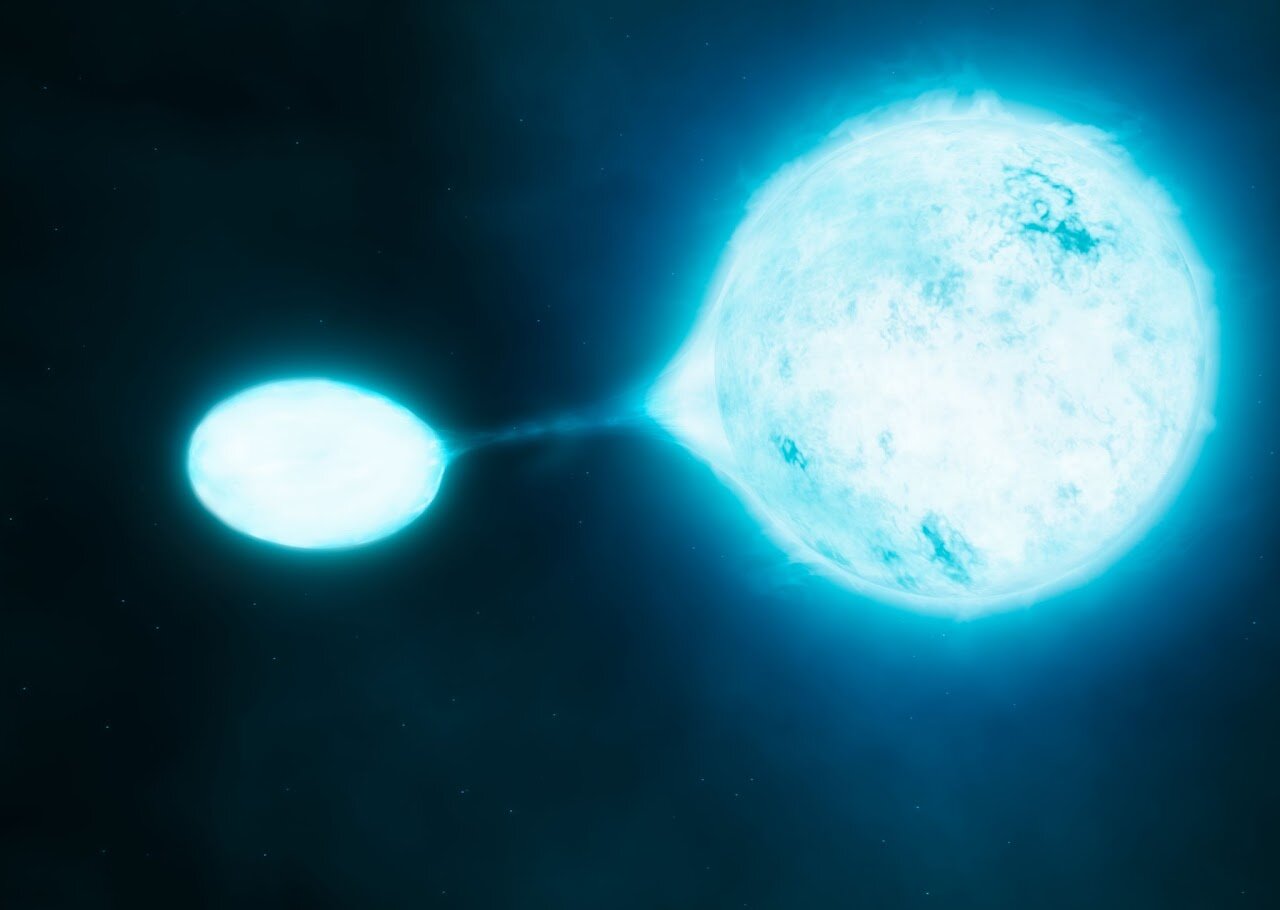
Massive stars refer to stars that are more than ten times the mass of the sun. They can release powerful ultraviolet radiation, ionize the gas in the interstellar medium, and eventually produce the elements necessary for the birth of life through spectacular supernova explosions. These massive stars have a significant impact on the evolution of the universe and the birth of life.
However, simulations and observations indicate that massive stars prefer not to exist alone but rather in the form of binary systems. Furthermore, these binary stars often interact with each other during their evolution, forming interactive binary systems. Many high-energy astronomical phenomena, such as black hole collisions and supernova explosions, require the interaction mechanism of binary stars to explain.
An international research team led by researchers, Sung-Han Tsai and Ke-Jung Chen from the Institute of Astronomy at Academia Sinica, has made significant new discoveries in binary star evolution theory. The research results is published in the latest issue of the Astrophysical Journal.
The team used sophisticated stellar evolution models to explore the relationship between the mass and metallicity of massive binary stars. First, they found that an increase in metallicity enhances the probability of interaction between the two stars. The interaction between binary stars completely changes the evolutionary path of the original two stars and affects their final supernova explosions and element release processes. As a result, they will exhibit outcomes entirely distinct from those of single isolated stars.
In addition, the interaction enhances the high-energy radiation emitted by the stars, which has a significant impact on the early universe’s evolution.
“This study investigates for the first time the evolution of interacting massive binary stars and their radiation effects in the early universe. Furthermore, it reveals the significance of binary star interactions in stellar evolution. These findings will require us to reassess the evolution of massive stars, supernova explosions and their corresponding interstellar feedback effects, exerting a profound impact on astrophysics,” said Ke-Jung Chen.
“Through a comparative analysis of six hundred evolutionary models of binary stars and corresponding single stars, we have identified distinct disparities in their ionizing radiation capabilities. In addition, the interaction between binary stars can lead to a non-ignorable increase in the production of high-energy photons within a short timeframe. These findings hold significant implications for current cosmological models,” said the lead author Sung-Han Tsai. https://phys.org/news/2023-07-team-significant-stellar-evolution-massive.html







Recent Comments